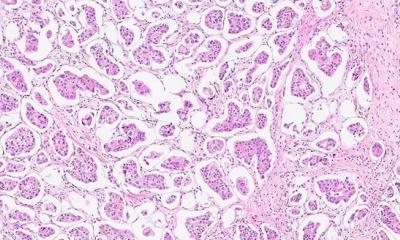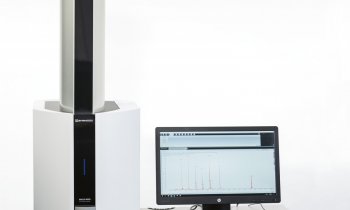MRSA
Effective screening can kill several birds with one stone
The MRSA problem has been ignored almost stoically in many European countries for the past 20 years. Thus the number of resistant Staphylococci cases exploded from 1% in 1990 around 25% in 2010. However, the recognition that an infection can result in additional hospital costs of up to €10,000 has led to a change in thinking. The Netherlands, for example, declared war on MRSA with ‘search and destroy’ strategies at an early stage, confirming the relevance of effective screening measures. European Hospital (EH) spoke with Dr Achim Haecker (AH), Product Manager Molecular Diagnostics at Roche Diagnostics GmbH, about the current situation in Germany.
Interview: Meike Lerner


Whilst a lot is happening in MRSA screening in German Hospitals, Dr Haecker said, ‘There’s also a lot of catching up to be done because, since MRSA first became a problem, the pathogen has been able to spread relatively undisturbed. Although Germany has had guidelines on dealing with MRSA, including screening guidelines, which have been mandatory in the context of the Protection against Infection Act since 1999, in the past the implementation has not been very stringent – possibly due to a lack of control mechanisms. Data collected by Roche show that today 70-80% of hospitals carry out screening – but of course means that 20% of hospitals do nothing to detect the pathogen as early as possible.
‘Those establishments that do screen increasingly need to assess the procedures to be used, as speed is a decisive factor. Starting a culture on a blood agar plate remains the method of choice, with very good sensitivity and specificity. Apart from confirming whether a germ is resistant, the culture also provides information on resistance genes, or other pathogenicity factors. The disadvantage of the culture test is that it takes up to three days. Microbiologists considered this too long and therefore developed selective chromogenic media on which only MRSA bacteria grow. A test result is available within 24 – 48 hours, although with comparatively low sensitivity: Only up to 85% of all clinical MRSA samples are detected in this way. The fastest test procedure with good sensitivity currently is the PCR test (Polymerase chain reaction); for example, it takes around 1.5 hours for the Roche LightCycler MRSA Advanced Test to generate a result.’
What is the recommendation for optimum MRSA screening?
‘Many microbiologists recommend the PCR test in combination with a culture,’ Dr Haecker explained. ‘In countries with a high prevalence it is particularly important to identify and quickly isolate affected patients. As current PCR tests do not deliver information about pathogenicity factors, a culture should then be grown for further specification.
‘This is the most costly option, of course. However, we must not forget an important aspect in this screening debate: The main cost drivers are not those involved in detecting the pathogen but the treatment costs for nosocomial infections and the costs of hygiene management. Looking at nosocomial infections overall, MRSA still dominates, but pathogens such as C. difficile and especially ESBL are very much on the advance. Hygiene management that addresses the fight against MRSA also has an effect on these pathogens. Therefore, hospitals that invest in effective screening in fact manage to kill several birds with one stone.’
Are there any available PCR procedures that can detect all pathogens?
‘These tests are indeed available, such as our LightCycler SeptiFast test*. However, due to the costs involved, and length of time required, they are not suitable as screening methods but are mainly used on intensive care wards for the status determination of patients suffering from severe sepsis.’
Apart from developing new PCR tests, in which direction is the development of procedures to control pathogens and resistance heading?
‘One development, which was also discussed intensively at the last European Microbiology Congress in Vienna (ECCMID), is the introduction of new and fast sequencing technologies. These will play an important role in the diagnosis and treatment of resistant pathogens in the future. Although this is possible even today, it isn’t that practical yet -- if all genes from a nose swab were to be sequenced this would present us with an almost unmanageable amount of human DNA in which the bacterium would have to be detected with the help of a magnifying glass. Therefore we have to enrich the bacterial DNA beforehand – via PCR test – and then sequence it.
* Roche MRSA test LightCycler details: www.roche.com
07.07.2010











